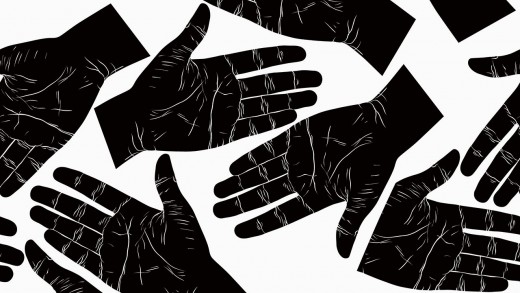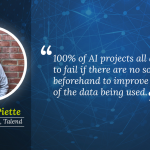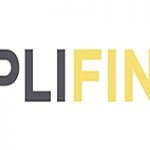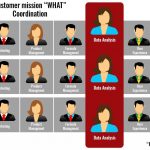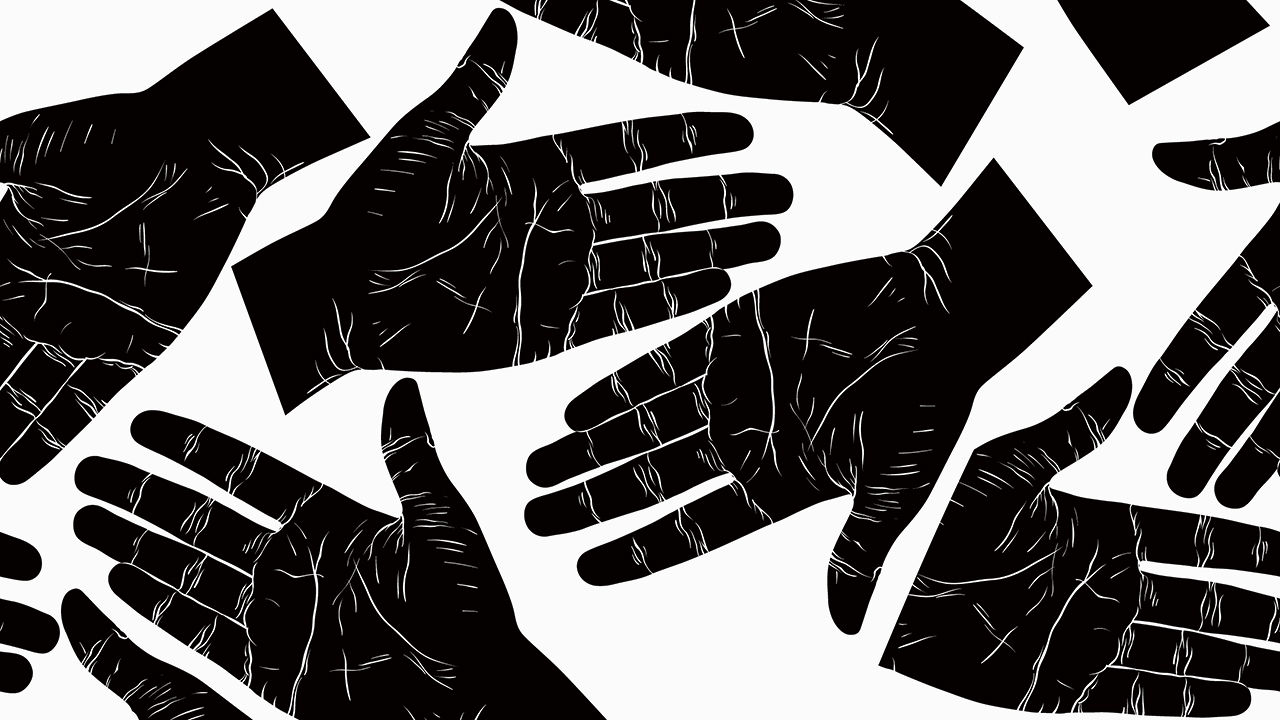When Lobbyists Write regulation, this data Mining tool Traces The Paper trail
big information helps to deliver transparency to the darker corners of politics.
October 26, 2015
most kids research the grade college civics lesson about how a invoice becomes a regulation. What those classes on a regular basis forget to point out is how regulation nowadays is regularly birthed on a lobbyist’s desk.
however even for knowledgeable researchers, journalists, and government transparency teams, tracing a bill’s lineage isn’t easy—particularly on the state degree. closing yr alone, there were 70,000 state bills introduced in 50 states. it would take one particular person 5 weeks to even learn all of them. teams that do observe state law on a regular basis focal point narrowly on a single matter, corresponding to abortion, or in all probability a single foyer teams.
computers can do a lot better. A prototype software, offered in September at Bloomberg’s data for excellent exchange 2015 convention, mines the daylight foundation’s database of greater than 500,000 bills and 200,000 resolutions for the 50 states from 2007 to 2015. It also compares them to 1,500 pieces of “model regulation” written via a couple of lobbying groups that made their work on hand, such as the conservative group ALEC (American Legislative change Council) and the liberal staff the State Innovation trade (previously known as ALICE).
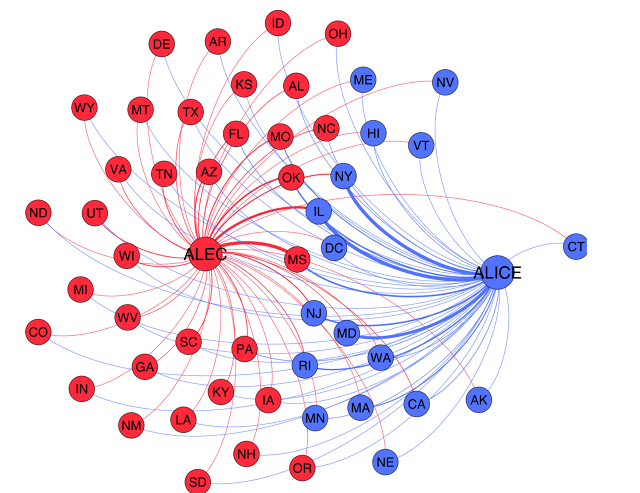
the implications are attention-grabbing. in a single example of the program in use, the team—all from the information Science for Social excellent fellowship software in Chicago—created a photo (above) that items the relative affect of ALEC and ALICE in numerous states. The thickness of each and every line within the image correlates to the percentage of payments offered in every state that are modeled on either team’s rules. So a fairly liberal state like ny is usually ALICE payments, whereas a “swing” state like Illinois has lots from each groups.
In every other example, the workforce analyzed the controversial rules signed into regulation by Wisconsin governor Scott Walker this summer time, which banned non-emergency abortions after 20 weeks of being pregnant. The information made headlines—partly because Walker was once then a top candidate within the Republican main. however it wasn’t the just about first time this highly controversial regulation had develop into a state law.
in keeping with the staff’s diagnosis, seven states, including Arkansas, Georgia, Idaho, and Kansas, all had an identical rules on the books. identical payments had been being regarded as in states like Maryland and Oregon, and had already died in Florida and Minnesota. In total, very equivalent bills had been offered seventy three instances around the usa. The video under displays one of the earliest examples showed up in South Carolina in 2010.
Like a plagiarism detector, the prototype can discover identical language in several payments. but not like in a school category, this isn’t at all times a nasty factor. “We refrained from the usage of the phrase plagiarism,” says Joe Walsh, an assistant professor on the college of Chicago and mentor to the info Science for Social good workforce. “If a bill can store lives, I would wish that bill handed all 50 states.”
along with researchers from the university of Chicago, Wikimedia groundwork, Microsoft analysis, and Northwestern university, Walsh can also be co-creator of some other paper introduced at the Bloomberg conference presentations how data science can raise government transparency.
Walsh and these co-authors developed instrument that robotically identifies earmarks in U.S. Congressional bills, exhibiting how representatives are benefiting their own states with pork barrel initiatives. They established that it works by using evaluating it to the consequences of an enormous effort from the U.S. place of business of management and price range to investigate earmarks for a couple of restricted years. Their outcomes, prolonged back to 1995 in a public database, showed that there may be many extra earmarks than any person idea.
“Governments are making more information to be had. It’s something like a needle in a haystack problem, looking to extract all that knowledge out,” says Walsh. “both of those tasks are in point of fact about shining light to those dark places where we don’t recognize what’s going on.”
The state regulation tracker knowledge is on hand for obtain here, and the workforce is working on an extended machine that automatically downloads new state regulation so it could actually stay up to date.
fast company , learn Full Story
(56)

